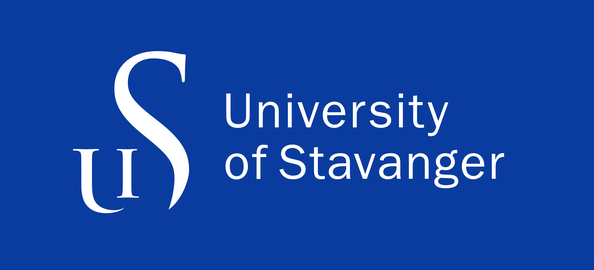Ship impact with floating offshore wind turbines
An increasing number of floating offshore wind turbine (FWOT) concepts have been proposed and designed in recent years. FOWTs are under the threat of accidental collisions from supply vessels and passing ships.Ship collision can induce local damage in the concrete or steel floaters which may further leads to flooding in the floater and sinking of the whole wind turbine. Apart from the possible local damage in the floater, the global response of the wind turbine under ship collisions can also be significant. The FOWTs may endure failure in the mooring lines or even overturing of the whole structure.
The research team at UiS has been conducting numerical simulations and scaled test to unveil the behaviour of FOWTs under accidental ship collisions. Both design optimizations and retroffting techbniques are being proposed to ensure the safety of FOWTs.

